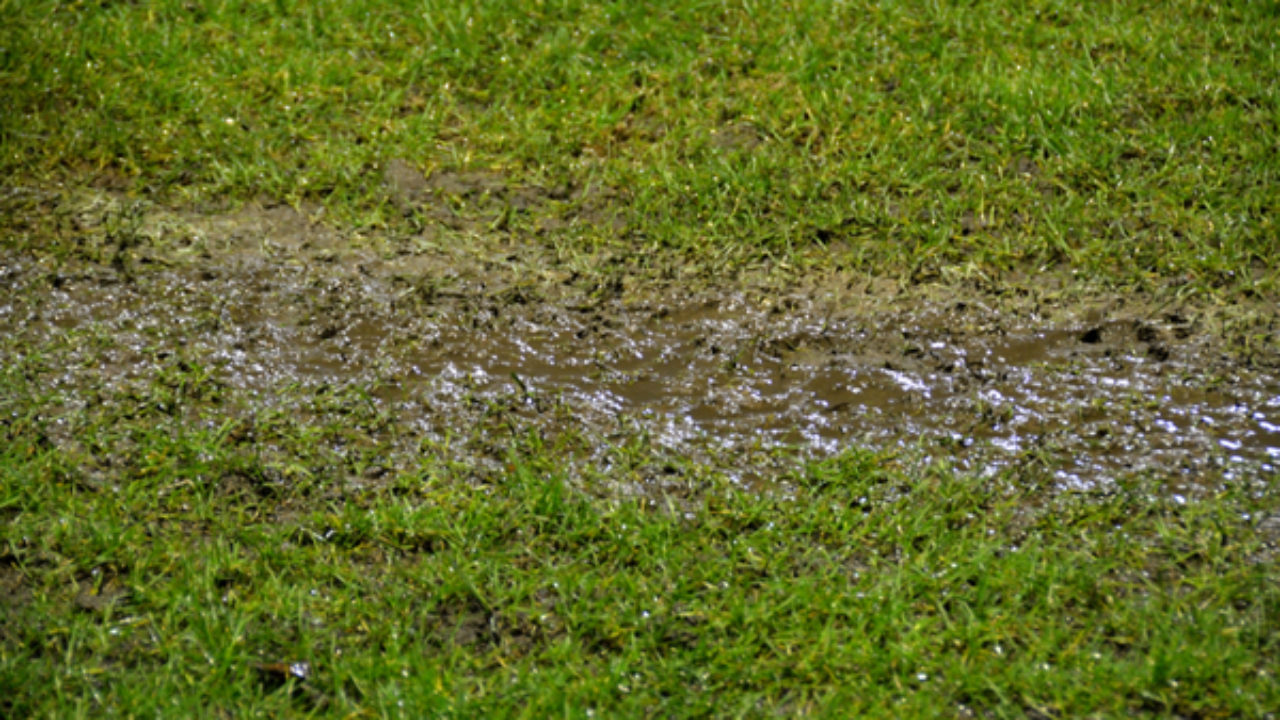Just how do you really feel when it comes to Locating water leaks?

Early detection of dripping water lines can reduce a possible catastrophe. In addition to saving you cash, it will certainly decrease the aggravation and also irritation. The minute you find a leakage, calling your plumber for repair work is the most effective remedy. Nevertheless, some tiny water leakages may not show up. Below are some hacks that assist if you can not discover it with your naked eyes.
1. Take A Look At the Water Meter
Every home has a water meter. Inspecting it is a guaranteed manner in which aids you uncover leakages. For starters, turn off all the water sources. Guarantee no person will purge, use the faucet, shower, run the cleaning maker or dishwashing machine. From there, go to the meter and watch if it will certainly change. Considering that no person is using it, there should be no activities. If it relocates, that indicates a fast-moving leakage. Similarly, if you identify no changes, wait an hour or two as well as inspect back once more. This indicates you may have a slow leakage that might even be underground.
2. Check Water Consumption
If you detect unexpected changes, regardless of your consumption being the very same, it indicates that you have leaks in your plumbing system. An abrupt spike in your expense indicates a fast-moving leakage.
On the other hand, a steady boost every month, despite having the exact same behaviors, shows you have a slow-moving leak that's likewise slowly rising. Call a plumber to completely examine your building, particularly if you really feel a warm area on your flooring with piping underneath.
3. Do a Food Coloring Test
30% comes from toilets when it comes to water consumption. Examination to see if they are running effectively. Decrease flecks of food shade in the tank as well as wait 10 mins. If the shade in some way infiltrates your bowl during that time without flushing, there's a leakage in between the container and bowl.
4. Asses Exterior Lines
Do not neglect to examine your outside water lines also. Needs to water seep out of the connection, you have a loosened rubber gasket. One small leakage can throw away loads of water and spike your water costs.
5. Analyze the scenario and also check
Property owners should make it a behavior to inspect under the sink counters and also inside cupboards for any kind of bad odor or mold growth. These 2 warnings indicate a leakage so timely attention is needed. Doing routine examinations, also bi-annually, can save you from a significant problem.
Inspect for stainings and also compromising as a lot of home appliances as well as pipelines have a life expectancy. If you think leaking water lines in your plumbing system, don't wait for it to intensify.
Early discovery of dripping water lines can mitigate a potential catastrophe. Some small water leakages might not be noticeable. Checking it is a surefire way that assists you find leakages. One little leakage can waste loads of water as well as surge your water expense.
If you believe dripping water lines in your plumbing system, do not wait for it to intensify.
WARNING SIGNS OF WATER LEAKAGE BEHIND THE WALL
PERSISTENT MUSTY ODORS
As water slowly drips from a leaky pipe inside the wall, flooring and sheetrock stay damp and develop an odor similar to wet cardboard. It generates a musty smell that can help you find hidden leaks.
MOLD IN UNUSUAL AREAS
Mold usually grows in wet areas like kitchens, baths and laundry rooms. If you spot the stuff on walls or baseboards in other rooms of the house, it’s a good indicator of undetected water leaks.
STAINS THAT GROW
When mold thrives around a leaky pipe, it sometimes takes hold on the inside surface of the affected wall. A growing stain on otherwise clean sheetrock is often your sign of a hidden plumbing problem.
PEELING OR BUBBLING WALLPAPER / PAINT
This clue is easy to miss in rooms that don’t get much use. When you see wallpaper separating along seams or paint bubbling or flaking off the wall, blame sheetrock that stays wet because of an undetected leak.
BUCKLED CEILINGS AND STAINED FLOORS
If ceilings or floors in bathrooms, kitchens or laundry areas develop structural problems, don’t rule out constant damp inside the walls. Wet sheetrock can affect adjacent framing, flooring and ceilings.
https://www.servicemasterbyzaba.com/blog/how-to-detect-water-leakage-in-walls/

I have been very drawn to Leaking water lines and I hope you liked our entry. Sharing is good. Helping others is fun. I recognize the value of reading our article about Top leak detection hacks.